After the sprint — or lack thereof in McLaren's case — and the subsequent qualifying session at the United States Grand Prix, Lando Norris was already candid about the impact of the collision between him and team-mate Oscar Piastri.
While he knew he needed to remain optimistic for Sunday’s race, emotionally, he felt quite the opposite.
McLaren lost valuable data on the car’s behaviour over longer runs — exactly the sort of information a sprint typically provides.
On a bumpy circuit like the Circuit of the Americas, it’s especially important to understand how the plank beneath the car wears down with heavier fuel loads.
Reportedly, McLaren concluded that without that critical data, the team had no choice but to play it safe during the grand prix.
In setting up the MCL39, they deliberately introduced larger safety margins — particularly concerning ride height.
Ride height is directly linked to the amount of downforce generated through the car’s venturi tunnels, and therefore also to overall performance.
The lower the car runs, the faster it is through corners — but also the greater the risk of excessive plank wear.
Viewed by others:
Big differences
Assuming McLaren applied that extra margin to both drivers, the lap time difference between Verstappen and Piastri still stands out — particularly when comparing Piastri with Norris (see table below).
On average, Norris lost just 0.083 seconds per lap to Verstappen, while Piastri was 0.494 seconds off the Dutchman’s pace.
That equates to a gap of over four-tenths of a second between the two McLaren drivers.
Was Norris really that close to Verstappen, despite the increased ride height? Yes and no.
Ultimately, the gap at the chequered flag wasn’t massive, but Verstappen clearly held back in the closing stages. In particular, he was consciously preserving his tyres through the twisty first sector.
Don't miss out on any of the Formula 1 action thanks to this handy 2026 F1 calendar that can be easily loaded into your smartphone or PC.
Download the calenderMost read
In this article
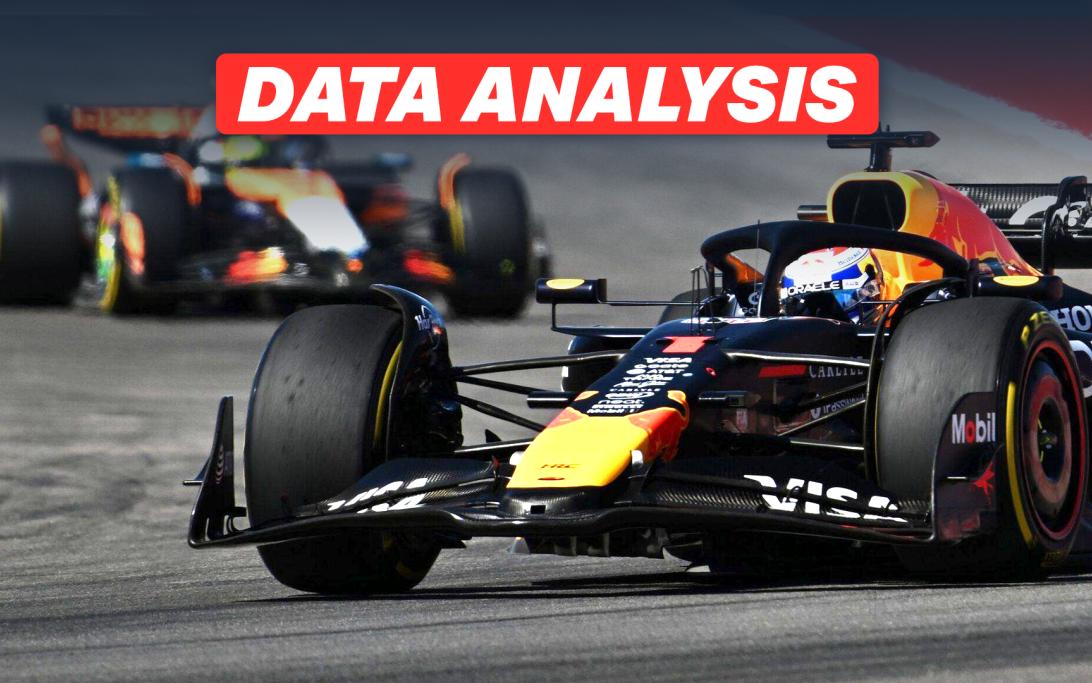

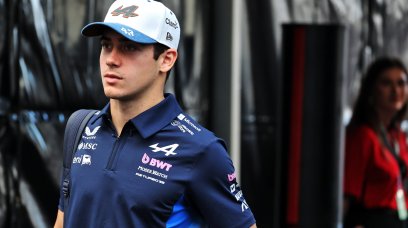
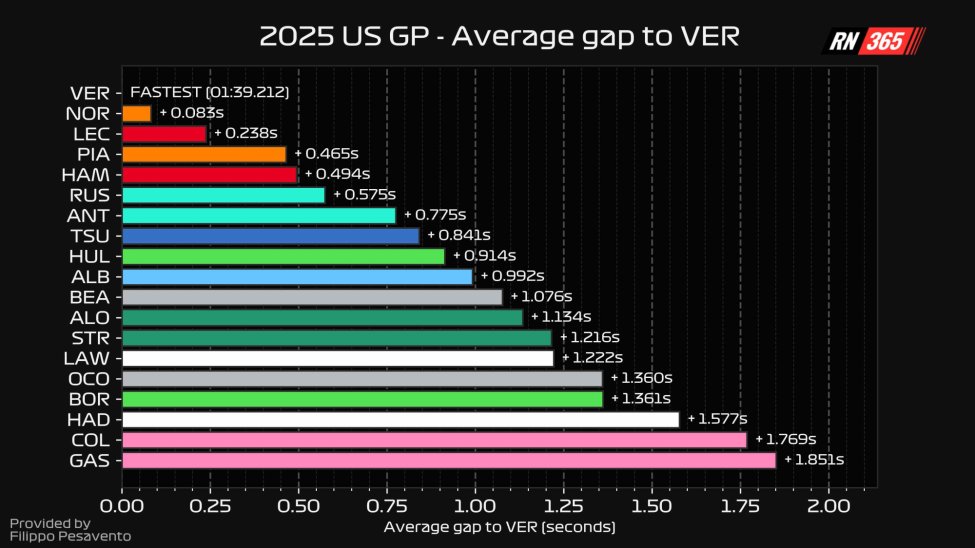

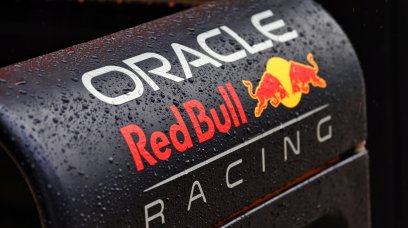
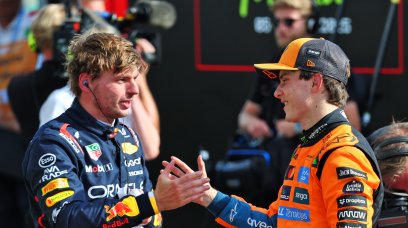

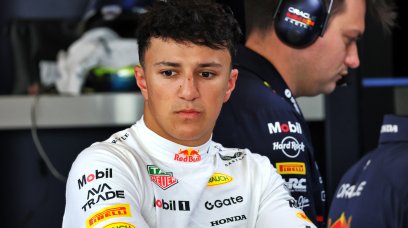


Join the conversation!